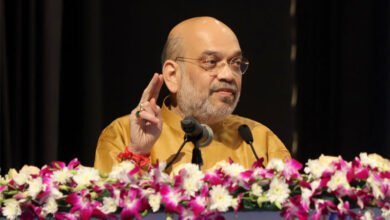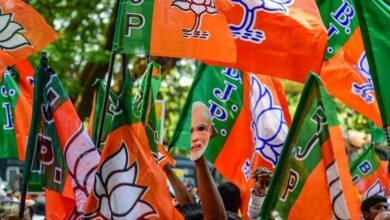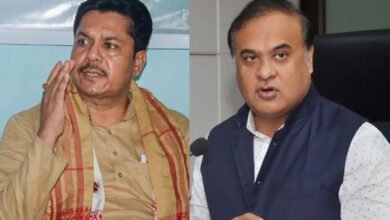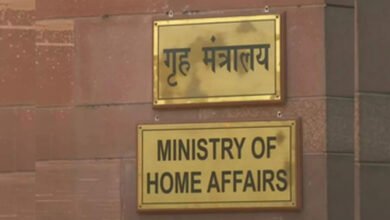Manipur Violence: 40 MLAs Submit Memorandum to PM Modi, Demand NRC Implementation
The controversial memorandum submitted by 40 Manipur MLAs to Prime Minister Narendra Modi, advocating for NRC implementation and complete disarmament.

Manipur: The recent move by 40 Manipur MLAs to demand NRC implementation and complete disarmament through a memorandum to Prime Minister Narendra Modi has ignited a wave of disagreement and controversy.
As the violence-hit state grapples with ongoing turmoil, these demands have sparked intense debates about their feasibility and implications.
1. Ambitious Demands Amidst Turmoil
In the midst of a state plagued by relentless violence and upheaval, the memorandum submitted by Manipur’s MLAs has thrown two ambitious demands onto the table: NRC implementation and complete disarmament. While the intentions behind these demands might be noble, the feasibility and potential consequences are far from straightforward.
2. The Challenge of NRC Implementation
The call for NRC implementation in Manipur has stirred up a hornet’s nest of concerns. The complexity of identifying and distinguishing citizens from non-citizens in a diverse and intricate demographic landscape raises questions about the practicality of the demand. The memorandum highlights the need for biometric registration for outsiders, but the implementation of such a system presents logistical challenges that cannot be overlooked.
3. Complete Disarmament: A Bold Move
While the concept of complete disarmament might seem idealistic in theory, the practical execution raises eyebrows. The memorandum argues that this move will create an environment of peace and security. However, the intricate web of insurgent groups and the illegal arms trade poses a significant challenge. Stripping armed entities of their weapons is no straightforward task and requires a multi-pronged approach that may not yield immediate results.
4. Discrepancies in Security Forces
The memorandum’s assertion that the deployment of security forces is insufficient to maintain peace is a stark reminder of the existing discrepancies. However, the sweeping proposal of complete disarmament as the solution raises skepticism about the practicality and outcomes. Disarming while ensuring the safety of both citizens and security forces requires delicate maneuvering.
5. Farmers Caught in the Crossfire
Instances of farmers being attacked while working in their fields underscore the urgency of the situation. However, the memorandum’s suggestion that these incidents happened in the presence of central security forces raises concerns about their preparedness and response mechanisms. Addressing these vulnerabilities requires a comprehensive overhaul of security strategies rather than just focusing on disarmament.
6. Envisioning Lasting Peace
The memorandum envisions a state of lasting peace after addressing these demands. However, the path to achieving this vision is riddled with challenges. The rejection of Kuki groups’ demand for separate administration highlights the delicate balance that needs to be struck between various communities and factions.
7. A Complex Web of Disagreements
The memorandum’s call for NRC implementation, complete disarmament, and various other measures is not without its share of detractors and skeptics. The demands, though well-intentioned, underscore the intricate web of disagreements and conflicting interests that define the current landscape in Manipur.
8. Seeking Solutions Amidst Disagreement
As Manipur’s MLAs champion their demands in the memorandum, the challenge lies in finding common ground amidst the cacophony of disagreements. The path to peace and security requires a comprehensive approach that accounts for the multifaceted nature of the challenges faced by the state.




